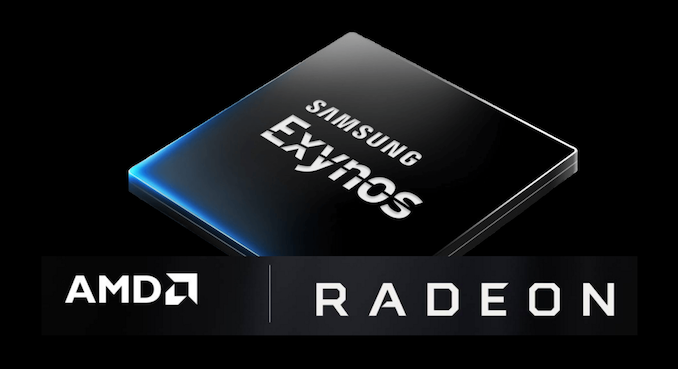AMD's RDNA graphics are heading for your smartphone
First it was your PC and console, now RDNA is coming for your Samsung-powered smartphone

Samsung has confirmed that AMD's RDNA graphics tech is heading for its next-gen Exynos smartphone chip. As Anandtech points out, AMD and Samsung originally mooted this move back in 2019, but this announcement turns the talk of collaboration into silicon-hewn reality.

Best CPU for gaming: the top chips from Intel and AMD
Best graphics card: your perfect pixel-pusher awaits
Best SSD for gaming: get into the game ahead of the rest
The news essentially confirms that Samsung and AMD have succeeded in making RDNA work within the ultramobile constraints of a smartphone. Samsung hasn't provided any specifics, other than indicating that RDNA graphics will be going into the successor to the Exynos 2100.
We don't know what flavour of RDNA Samsung is planning to use or any details about specifications like core counts or indeed performance expectations. So far, AMD has released two generations of RDNA graphics for the PC, with the latest RDNA 2 architecture arriving in both PC and console to widespread acclaim late last year, and into AMD gaming laptops in the first six months of 2021 too.
Yup, we're talking AMD Radeon RX 6000 Series and the Xbox Series X and Sony PS5 consoles. They're all powered by RDNA 2 graphics.
While it's a significant move in many ways, PC gamers might wonder why they should really care. Well, for starters it extends RDNA's status as an increasingly default target for cross-platform games development.
Already RDNA is the basis for both of the major games console platforms from Microsoft and Sony. Now it will be even easier to develop a game engine that's optimised across PC, console, and mobile. And it's not hard to see how that benefits AMD and gamers with AMD graphics cards in their PCs. Better optimisation usually means better performance.
Arguably just as important, putting RDNA into phones bucks the broader trend of mobile and ultramobile architectures encroaching on traditional high-performance applications.
The biggest gaming news, reviews and hardware deals
Keep up to date with the most important stories and the best deals, as picked by the PC Gamer team.
Many industry observers expect the ARM CPU architecture to eventually assimilate performance computing applications. Arguably, we have seen the start of that process with Apple's remarkable M1 chip, which appears to offer better IPC than any current x86 processor from Intel or AMD.
Anyway, at the very least chalk this down as more good news for AMD. It really is on a roll.

Jeremy has been writing about technology and PCs since the 90nm Netburst era (Google it!) and enjoys nothing more than a serious dissertation on the finer points of monitor input lag and overshoot followed by a forensic examination of advanced lithography. Or maybe he just likes machines that go “ping!” He also has a thing for tennis and cars.

